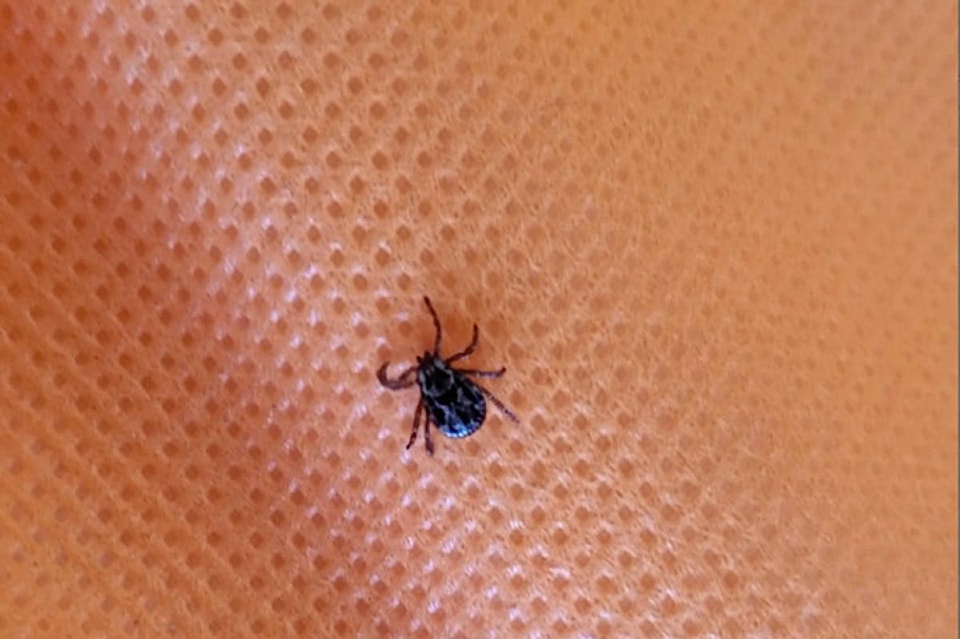Anyone who is venturing outside may have realized that tick season is in full swing in the Cariboo.
The most common tick in the Central Interior is the Rocky Mountain Wood Tick (Dermacentor andersoni).
It is about the size of a small pea and is not known to be a carrier of Lyme Disease.
The B.C. Government website describes the Rocky Mountain Wood Tick as a three-host tick which means it looks for a new host for each one of its three feedings which occur over a period of one to three years.
Usually rodents and other small animals serve for the first two feedings, and large animals such as deer, cattle, dogs, sheep and humans serves as the host for the last feeding.
Attached ticks are safely and effectively removed with tweezers using a slow and gentle pull without twisting, the government website notes, adding this will normally remove the tick with the mouth parts attached. The wound should be cleaned and treated with an antiseptic.
news@wltribune.com
Like us on Facebook and follow us on Twitter
